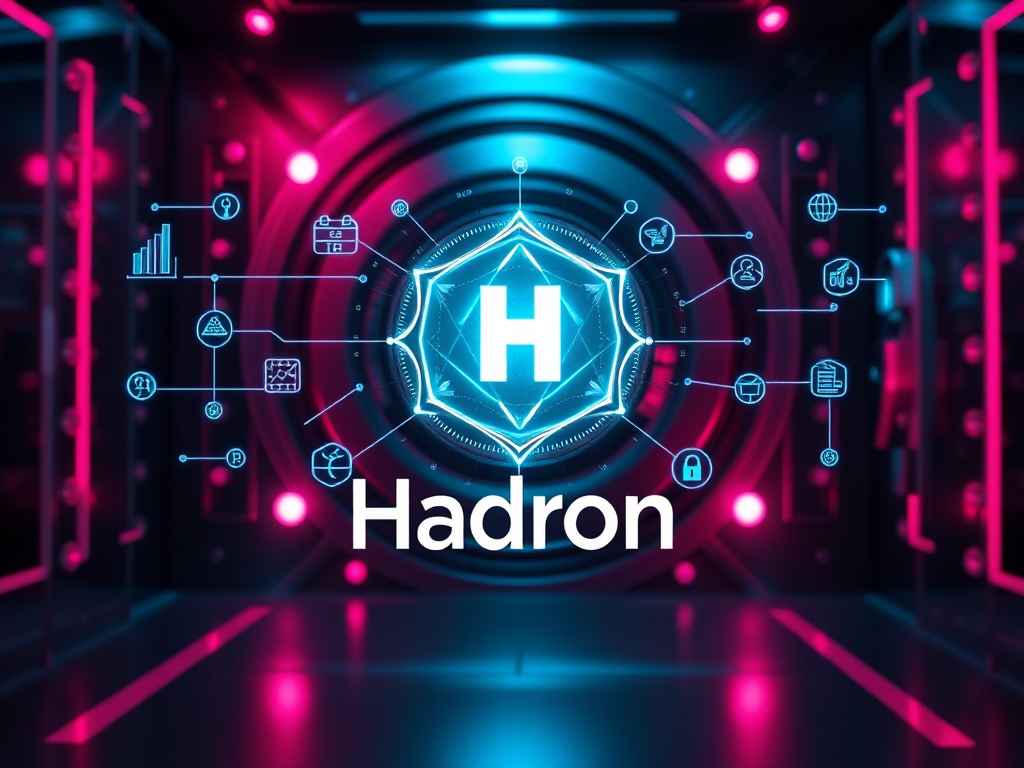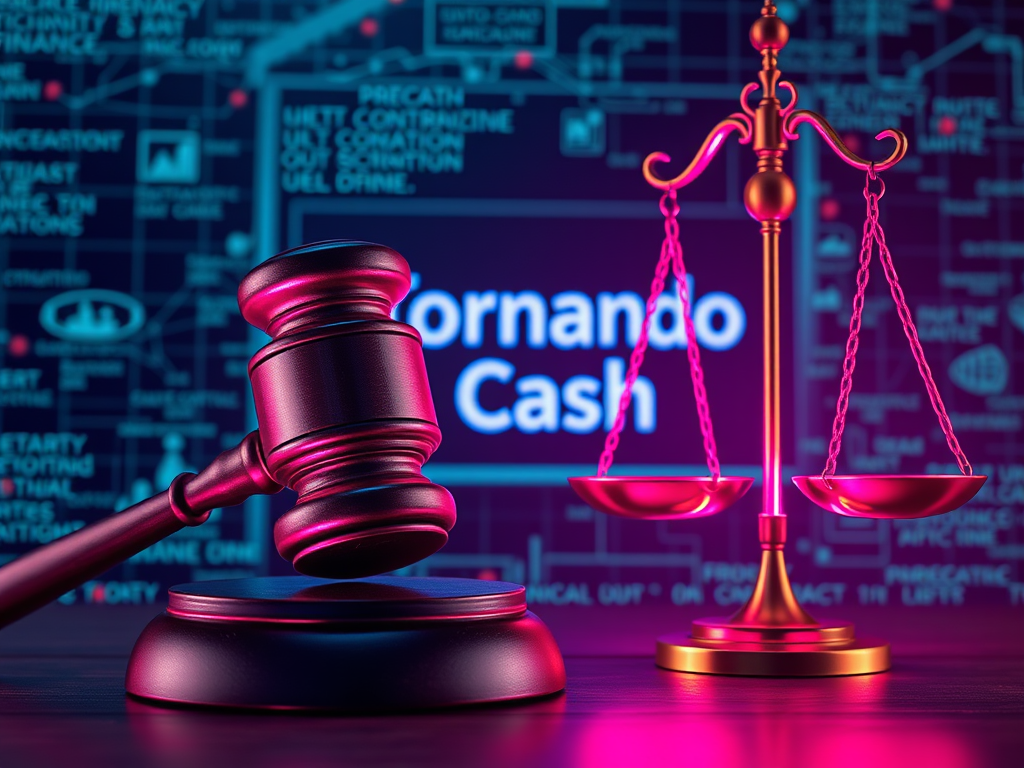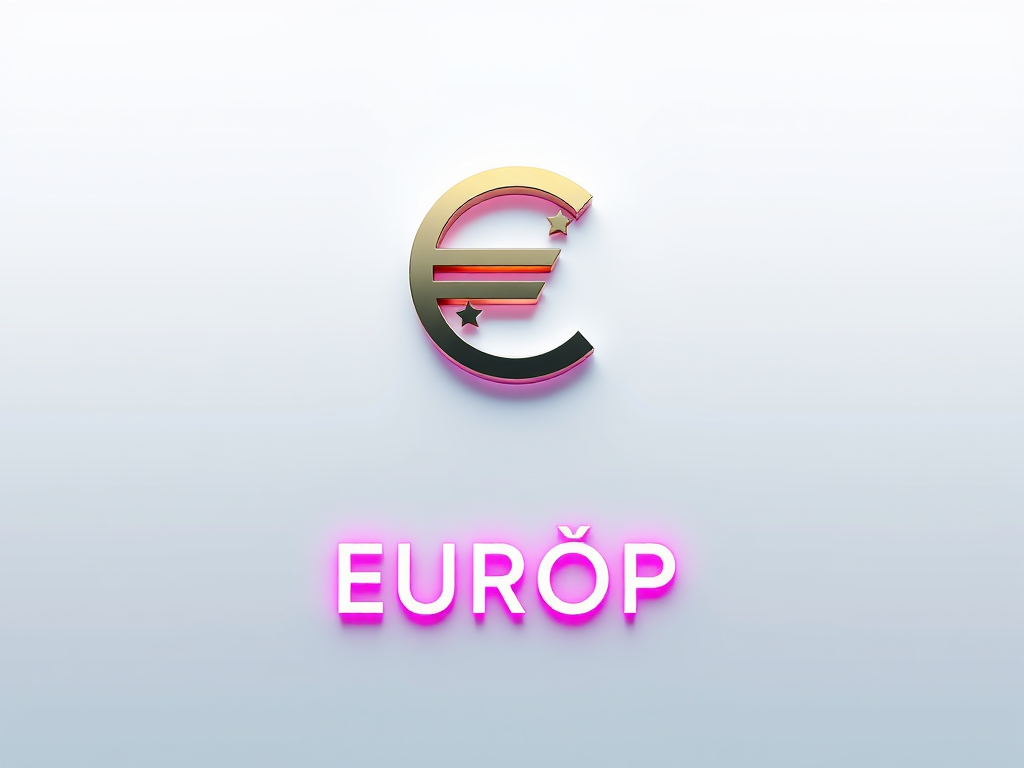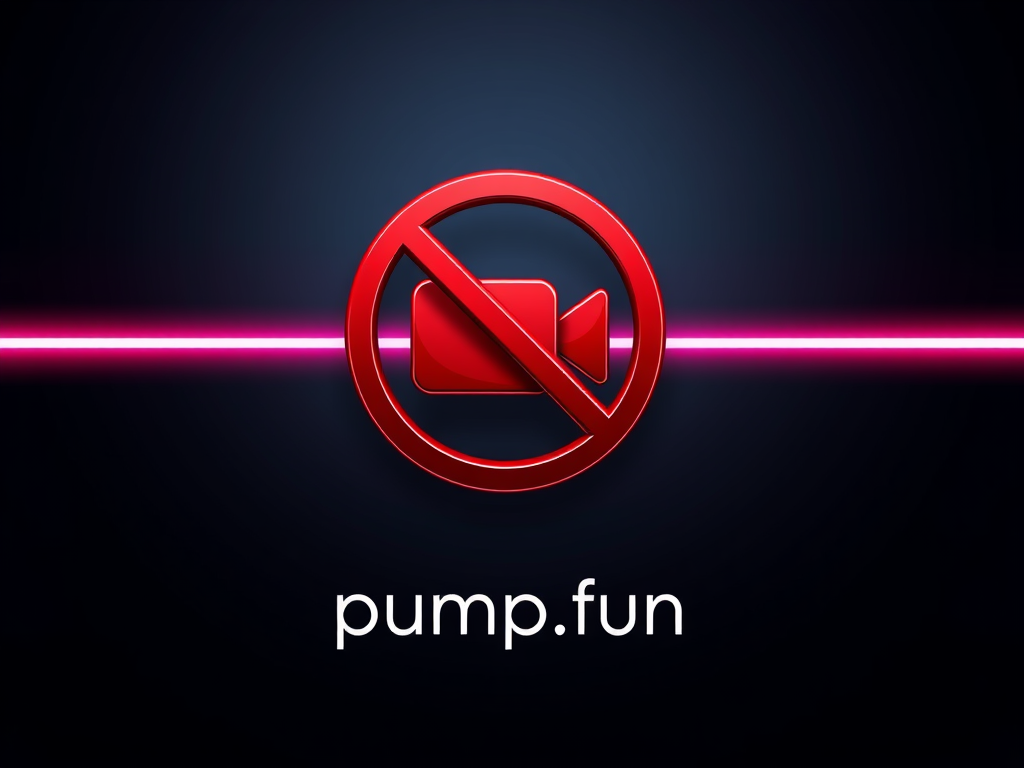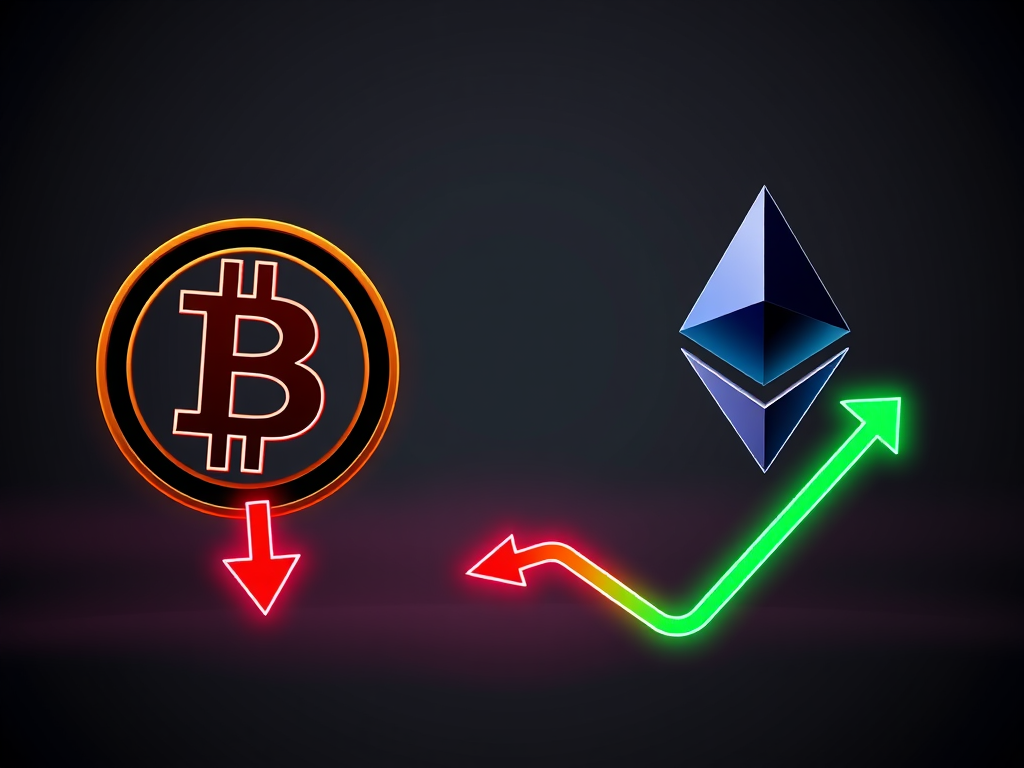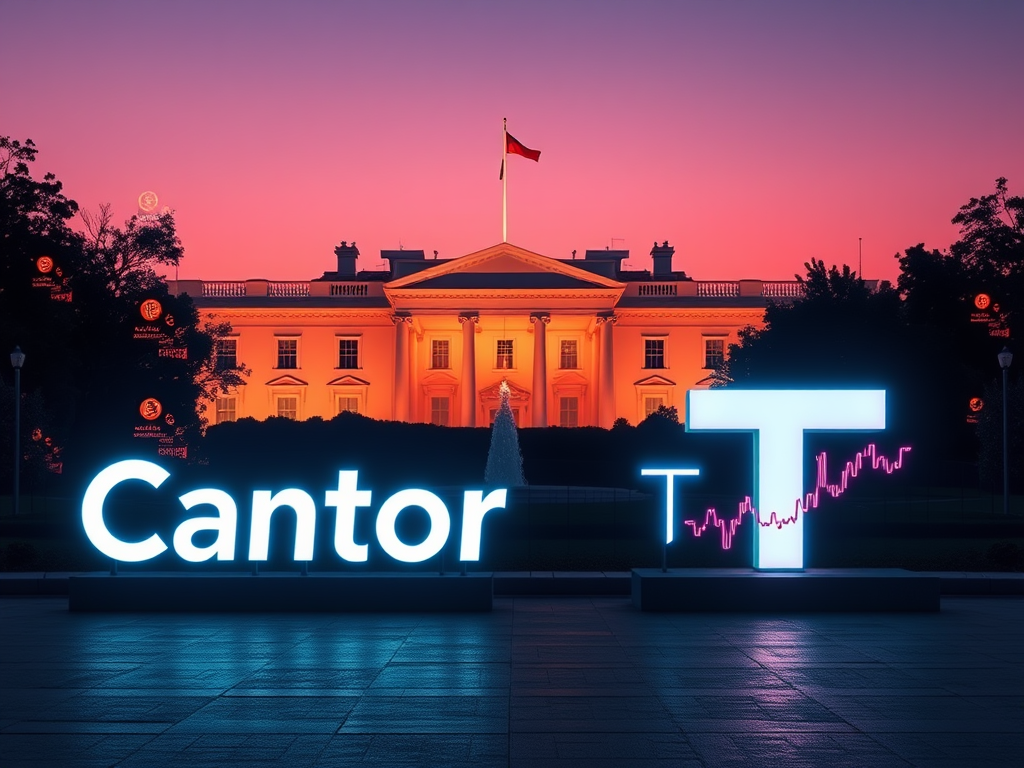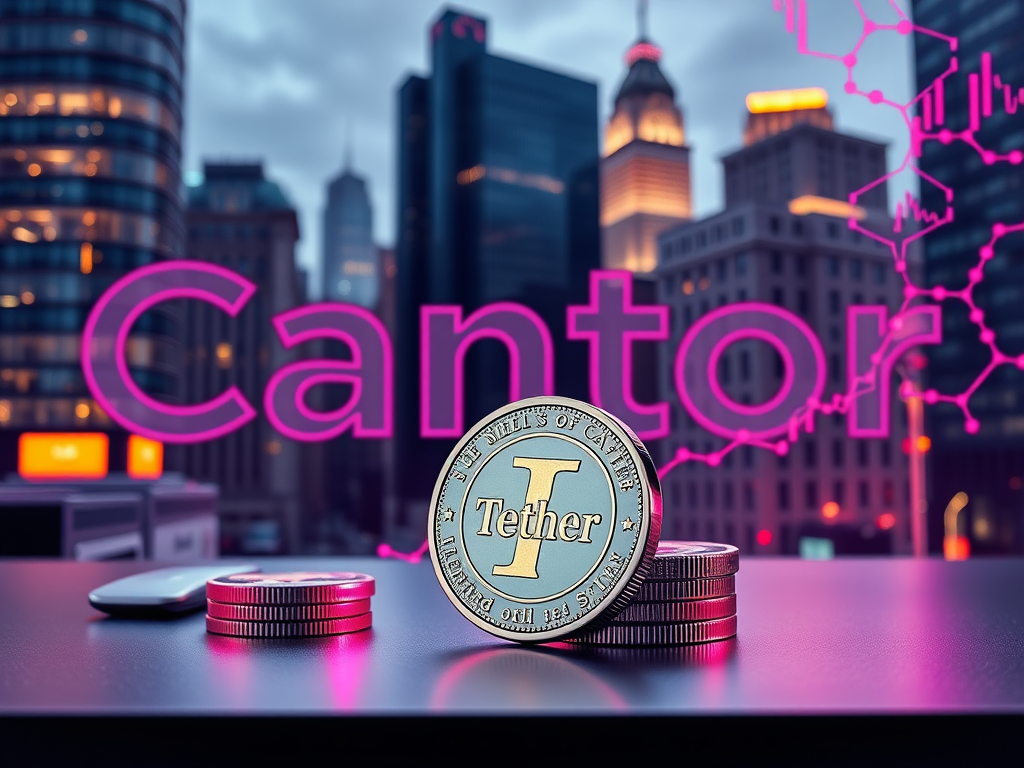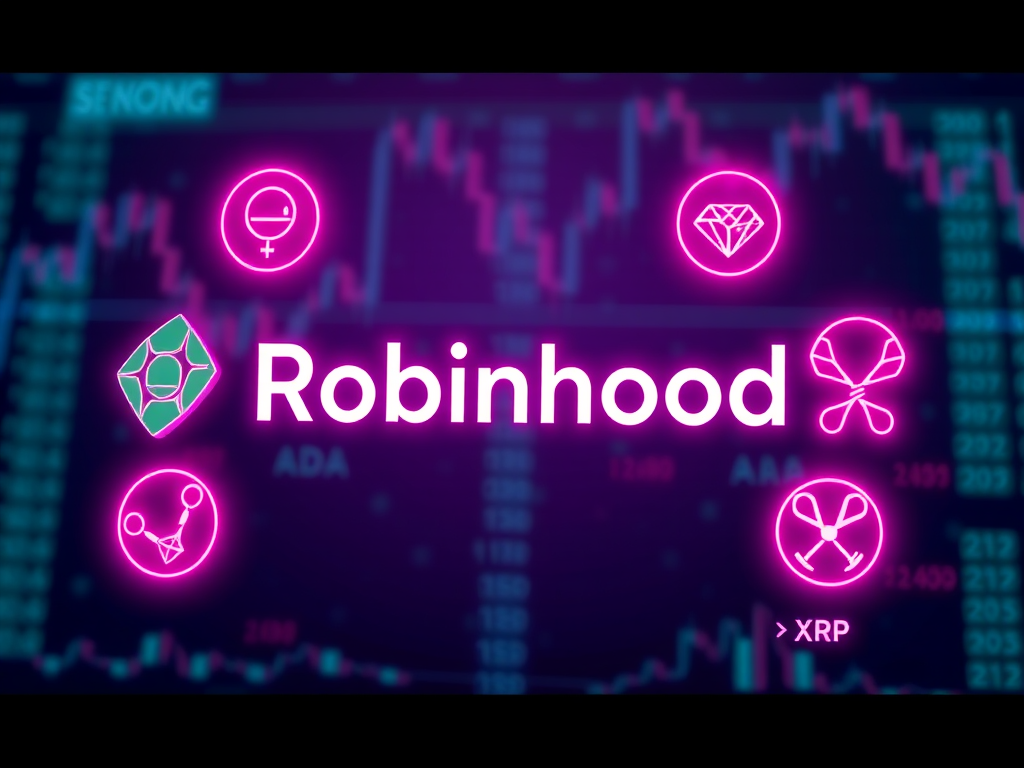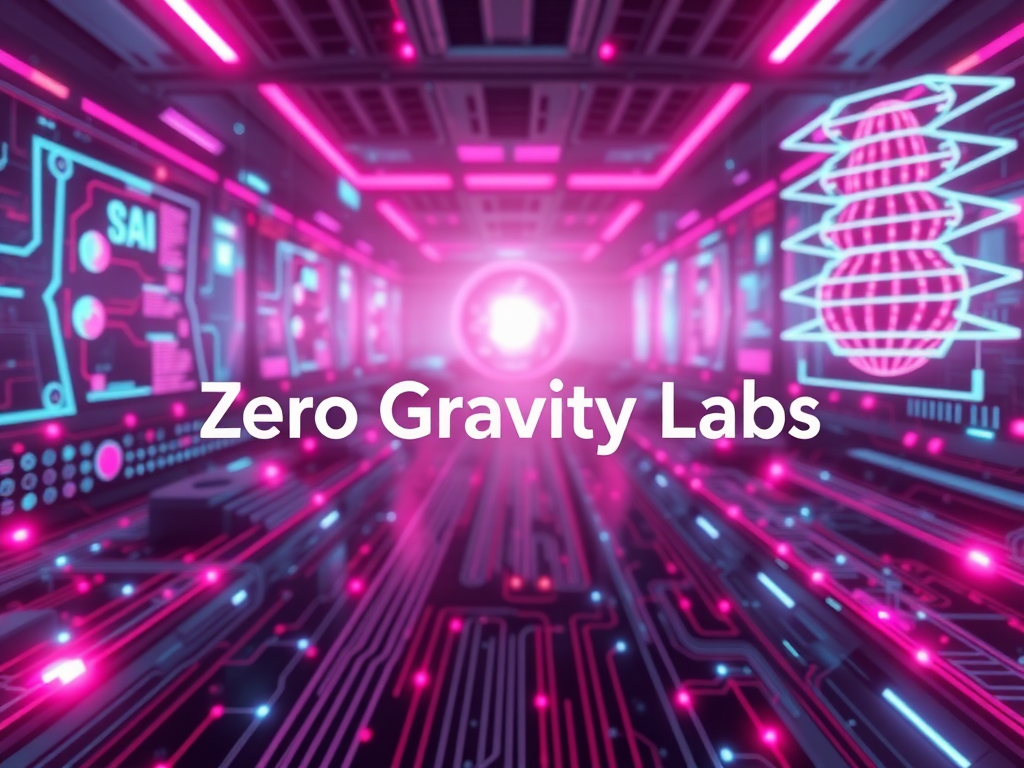Key Points
- Tether launches Hadron, a comprehensive platform that simplifies the tokenization of traditional assets like stocks, bonds, and commodities, leveraging the company’s decade-long experience in securing over $125 billion in digital assets.
- The platform introduces enterprise-grade compliance tools and multi-blockchain support, making institutional-quality tokenization accessible to a broader range of users from individuals to nation-states.
Revolutionary Platform Brings Wall Street Tools to the Masses
Tether, the company behind the world’s largest stablecoin, has announced a groundbreaking expansion of its ecosystem with the launch of Hadron, a sophisticated asset tokenization platform that promises to bridge the gap between traditional finance and blockchain technology. The platform represents a significant milestone in the democratization of financial infrastructure, bringing institutional-grade tokenization capabilities to a broader market.
Understanding Real-World Asset Tokenization
Real-world asset tokenization is the process of creating digital representations of physical or traditional assets on a blockchain. This innovative approach allows for the fractional ownership and seamless transfer of assets that were previously difficult to divide or trade efficiently. By tokenizing real-world assets such as real estate, commodities, art, or financial instruments, these assets become more accessible, liquid, and easier to manage.
The process involves creating a digital token that represents ownership or a specific value of the underlying asset, which can then be bought, sold, or traded on blockchain-based platforms. This technology opens up new possibilities for investment, reducing barriers to entry and enabling 24/7 global trading of traditionally illiquid assets.
Tokenization also enhances transparency, as ownership and transaction history are recorded on an immutable blockchain ledger, potentially reducing fraud and simplifying regulatory compliance. As Tether’s Hadron platform demonstrates, real-world asset tokenization is poised to revolutionize how we perceive and interact with traditional assets, bridging the gap between conventional finance and the digital economy.
Streamlined Four-Step Tokenization Process
Hadron’s platform stands out for its user-friendly approach to asset tokenization, breaking down what was once a complex process into four straightforward steps:
1. Account Setup and Verification
-
- Users begin by creating an Issuer account on the Hadron platform
- Complete comprehensive KYC verification process
- Institutional-grade verification while maintaining user simplicity
2. Asset Tokenization Configuration
-
- Connect non-custodial wallet for secure asset management
- Select preferred blockchain network for token issuance
- Choose from pre-configured KYC templates
- Establish access controls and blockchain key management systems
- Configure specific parameters for the tokenized asset
3. Distribution Framework
-
- Platform provides tools for offering tokens to potential clients
- Integrated client invitation system
- Advanced KYC platform for compliant due diligence
- Automated verification processes for potential investors
4. Asset Management and Operations
-
- Comprehensive toolkit for managing token lifecycle
- Secure issuance and redemption processes
- Transfer management across selected blockchains
- No specialized technical knowledge required for operations
Technical Infrastructure and Security Features
Hadron’s architecture stands out for its comprehensive security and compliance framework. The platform implements a multi-layered approach to asset protection, featuring:
- Configurable multi-signature wallet systems
- Advanced cryptographic security protocols
- Support for multiple smart contract-enabled blockchains
- Integration with Bitcoin Layer 2 solutions, specifically Liquid by Blockstream
- Real-time monitoring of secondary market ecosystems
The platform’s modularity allows for customization of security parameters based on specific use cases, making it adaptable for different types of assets and regulatory requirements.
Compliance and Risk Management Integration
In a move that directly addresses institutional concerns, Hadron incorporates an extensive suite of compliance tools that goes beyond basic requirements. The platform includes:
- Advanced Know-Your-Customer (KYC) verification systems
- Anti-Money-Laundering (AML) monitoring tools
- Know-Your-Transaction protocols
- Comprehensive risk management frameworks
- Cross-platform transaction monitoring spanning both blockchain and centralized exchanges
These features are particularly significant for institutional adoption, as they align with regulatory requirements while maintaining the transparency benefits of blockchain technology.
Market Impact and Future Implications
Paolo Ardoino, CEO of Tether, positions Hadron as a direct challenge to traditional financial institutions’ closed ecosystems. The platform’s ability to support various asset types, from simple fiat-pegged stablecoins to complex basket-collateralized products, opens new possibilities for:
- Nation-states seeking alternative financing methods
- Corporations exploring new capital market opportunities
- Fund managers looking to tokenize investment vehicles
- Private companies wanting to issue digital securities
The platform’s launch comes at a crucial time when traditional financial institutions are increasingly exploring blockchain technology. Hadron’s comprehensive toolkit and user-friendly interface could accelerate the adoption of tokenized assets across various sectors.
The introduction of Hadron marks a significant evolution in the digital asset space, potentially reshaping how traditional assets are issued, traded, and managed on blockchain networks. By combining enterprise-grade security with accessibility, Tether appears to be positioning itself as a bridge between institutional finance and the emerging digital asset ecosystem.
